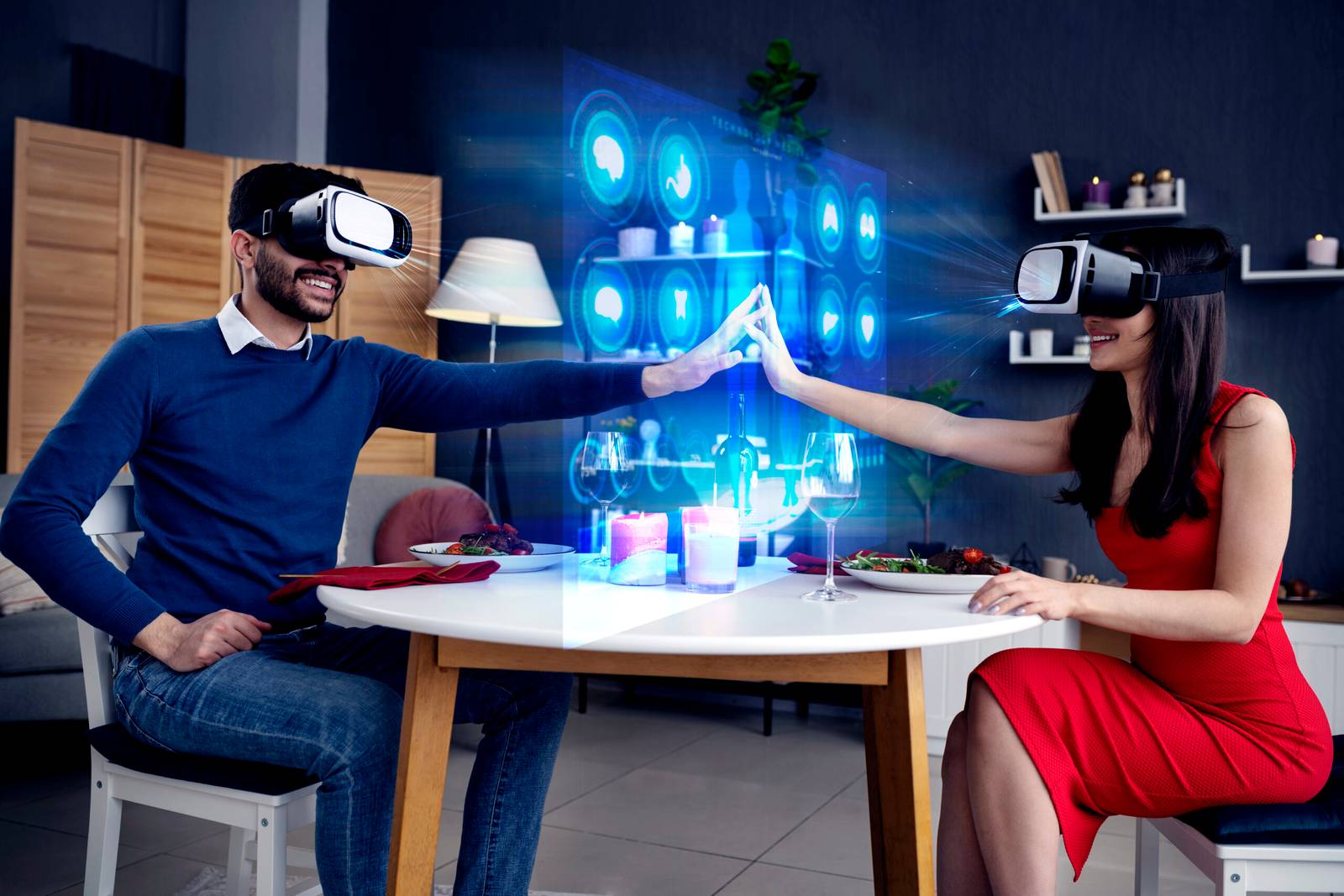Augmented Reality in Marketing: Interactive Campaigns

by Web Digital
In the dynamic landscape of marketing, Augmented Reality (AR) has emerged as a revolutionary force, reshaping the way brands engage with consumers. This article delves into the transformative role of AR in marketing, focusing on its application in interactive campaigns. From immersive experiences to enhanced consumer engagement, AR is proving to be a game-changer in the realm of marketing strategies.
The Rise of Augmented Reality in Marketing:
Augmented Reality, once confined to the realms of gaming and entertainment, has found a new and impactful role in marketing. Brands are increasingly leveraging AR to create interactive and memorable experiences for their audiences. Unlike Virtual Reality (VR), which immerses users in a completely digital environment, AR overlays digital elements onto the real world, creating a seamless blend of the physical and virtual.
Interactive Campaigns Redefined:
AR brings a new dimension to marketing campaigns by enabling interactivity and personalization. Traditional advertising often involves passive consumption, but AR campaigns turn audiences into active participants. Whether through mobile apps, smart glasses, or web-based platforms, consumers can engage with brands in ways that go beyond the limitations of traditional media.
Key Applications of AR in Marketing:
Virtual Try-Ons:
This is particularly prevalent in the fashion and beauty industries, where users can use their smartphones to see how clothing items or cosmetics look on them in real time.
Interactive Print Materials:
Print materials, such as brochures and catalogues, come to life through AR. By scanning printed images with a mobile device, users can unlock additional content, such as videos, 3D animations, or product information. This transforms static materials into dynamic and engaging experiences.
Location-Based Experiences:
AR enables location-based marketing campaigns. Brands can use geolocation data to provide users with AR content tied to specific physical locations. For example, users visiting a certain landmark or store could unlock exclusive promotions, information, or interactive experiences through their mobile devices.
Gamification:
Incorporating game elements into marketing campaigns through AR has proven to be highly effective. Brands can create interactive games or challenges that not only entertain users but also promote their products or services. This gamification aspect enhances brand recall and fosters a sense of fun and engagement.
Product Visualization:
For example, furniture retailers can use AR to show customers how a particular sofa would look in their living room. This level of visualization enhances the decision-making process and builds confidence in the purchase.
Benefits of AR in Marketing:
Enhanced Engagement:
AR campaigns captivate audiences by offering interactive and personalized experiences. This heightened engagement leads to increased brand recall and a more positive perception of the brand.
Data Insights:
AR platforms collect valuable data on user interactions and preferences. This data can inform marketers about consumer behaviour, helping to refine and optimize future campaigns.
Differentiation:
In a crowded market, brands are constantly seeking ways to stand out. AR provides a unique and innovative way for brands to differentiate themselves, creating a memorable impression on consumers.
Global Reach:
AR campaigns, often delivered through mobile devices, have the potential to reach a global audience. This allows brands to connect with consumers regardless of geographical boundaries, expanding their market reach.
Challenges and Considerations:
Technical Barriers:
While AR technology has advanced significantly, technical barriers still exist. Ensuring a seamless and user-friendly experience across various devices and platforms requires careful consideration and development.
Cost of Implementation:
Developing AR campaigns, especially high-quality and sophisticated ones, can incur significant costs. Small and medium-sized businesses may find the initial investment challenging, although the long-term benefits can outweigh the costs.
User Adoption:
The success of AR campaigns depends on user adoption. Brands need to promote and educate users on how to access and interact with AR content to maximize the impact of their campaigns.
Privacy Concerns:
Collecting user data through AR campaigns raises privacy concerns.
The Future of AR in Marketing:
As technology continues to evolve, the future of AR in marketing holds exciting possibilities. Advancements in AR hardware, such as smart glasses, may lead to more seamless and immersive experiences. Additionally, the integration of AI and machine learning could enhance the personalization of AR content, tailoring experiences to individual preferences and behaviours.
Conclusion:
Augmented Reality is reshaping the marketing landscape, offering brands unprecedented opportunities to engage and connect with their audiences. From virtual try-ons to interactive print materials, AR campaigns provide immersive experiences that capture consumer attention and leave a lasting impact. While challenges exist, the potential benefits in terms of enhanced engagement, data insights, and global reach make AR a powerful tool in the marketer’s arsenal.
As technology continues to advance and user adoption grows, we can expect to see even more innovative applications of AR in marketing. The key lies in embracing this transformative technology and exploring creative ways to leverage its capabilities to create meaningful and interactive connections with consumers in the ever-evolving digital landscape. Augmented Reality is not just a trend; it’s a paradigm shift in how brands tell their stories and engage with their audiences.
Recommended Posts

Content Strategy for B2B Companies in Canada
September 26, 2025

The Role of Podcasting in Canadian Content Marketing
September 26, 2025

What is PPC and How Does It Work in Canada?
September 24, 2025
